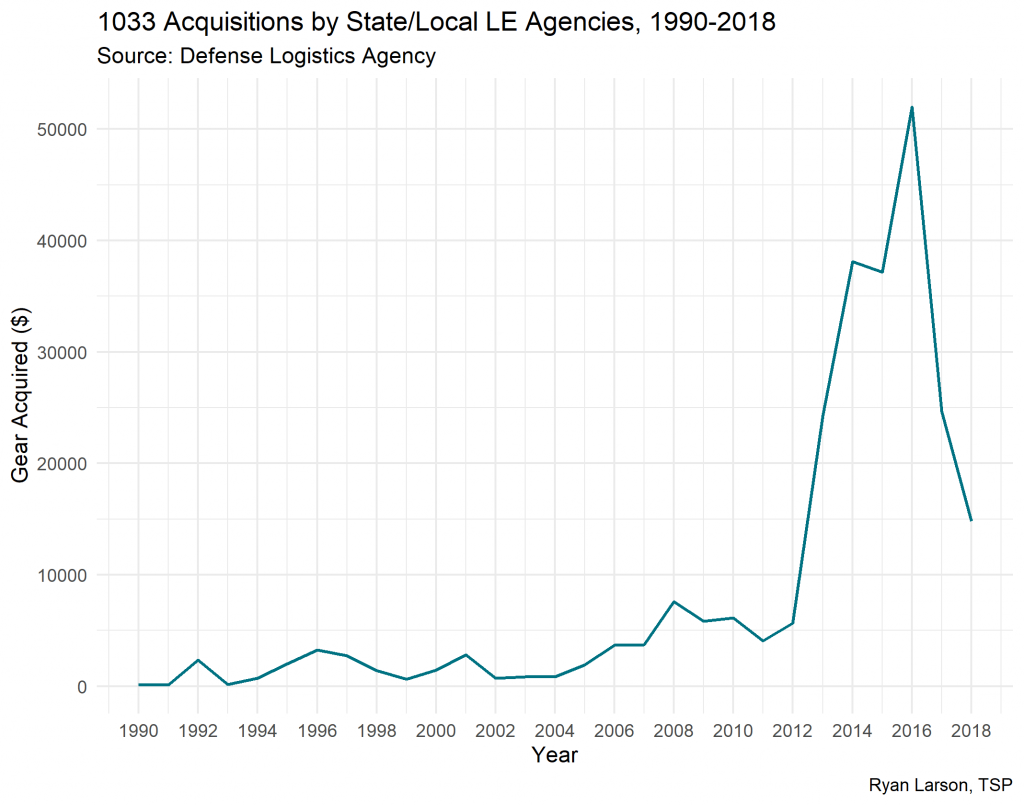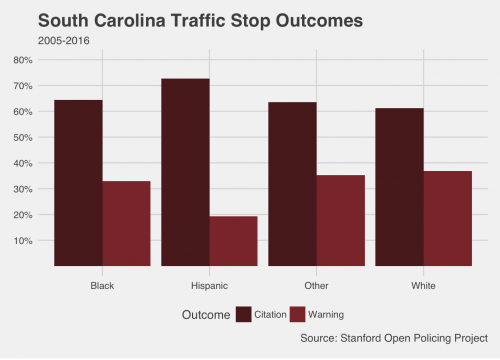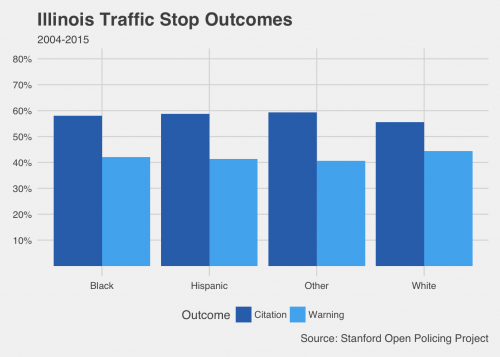Many of us know the Officer Friendly story. He epitomizes liberal police virtues. He seeks the public’s respect and willing cooperation to follow the law, and he preserves their favor with lawful enforcement.

The Officer Friendly story also inspired contemporary reforms that seek and preserve public favor, including what most people know as Community Policing. Norman Rockwell’s iconic painting is an idealized depiction of this narrative. Officer Friendly sits in full uniform. His blue shirt contrasts sharply with the black boots, gun, and small ticket book that blend together below the lunch counter. He is a paternalistic guardian. The officer’s eyes are fixed on the boy next to him. The lunch counter operator surveying the scene seems to smirk. All of them do, in fact. And all of them are White. The original was painted from the White perspective and highlighted the harmonious relationship between the officer and the boy. But for some it may be easy to imagine a different depiction: a hostile relationship between a boy of color and an officer in the 1950s and a friendly one between a White boy and an officer now.
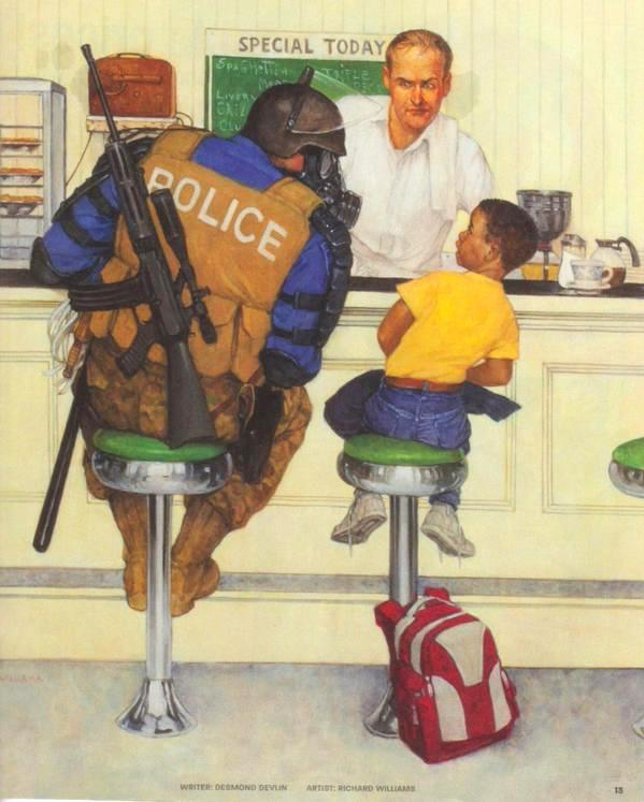
The parody of Rockwell’s painting offers us a visceral depiction of contemporary urban policing. Both pictures depict different historical eras and demonstrate how police have changed. Officer Unfriendly is anonymous, of unknown race, and presumably male. He is prepared for battle, armed with several weapons that extend beyond his imposing frame. Officer Unfriendly is outfitted in tactical military gear with “POLICE” stamped across his back. The images also differ in their depictions of the boy’s race and his relationship to the officer. Officer Unfriendly appears more punitive than paternalistic. He looms over the Black boy sitting on the adjacent stool and peers at him through a tear gas mask. The boy and White lunch counter operator back away in fright. All of the tenderness in the original have given way to hostility in this parody.
Inspired by the critical race tradition, my new project “Officer Friendly’s Adventures in Wonderland: A Counter-Story of Race Riots, Police Reform, and Liberalism” employs composite counter-storytelling to narrate the experiences of young men of color in their explosive encounters with police. Counter-stories force dominant groups to see the world through the “Other’s” (non-White person’s) eyes, thereby challenging their preconceptions. I document the evolution of police-community relations in the last eighty years, and I reflect on the interrupted career of our protagonist, Officer Friendly. He worked with the Los Angeles Police Department (LAPD) for several stints primarily between the 1940s and 1990s.
My story focuses on Los Angeles, a city renowned for its police force and riot history. This story is richly informed by ethnographic field data and is further supplemented with archival and secondary historical data. It complicates the nature of so-called race riots, highlights how Officer Friendly was repeatedly evoked in the wake of these incidents, and reveals the pressures on LAPD officials to favor increasingly unfriendly police tactics. More broadly, the story of Officer Friendly’s embattled career raises serious questions about how to achieve racial justice. This work builds on my recently published coauthored book, The Limits of Community Policing, and can shape future critical race scholarship and historical and contemporary studies of police-community relations.
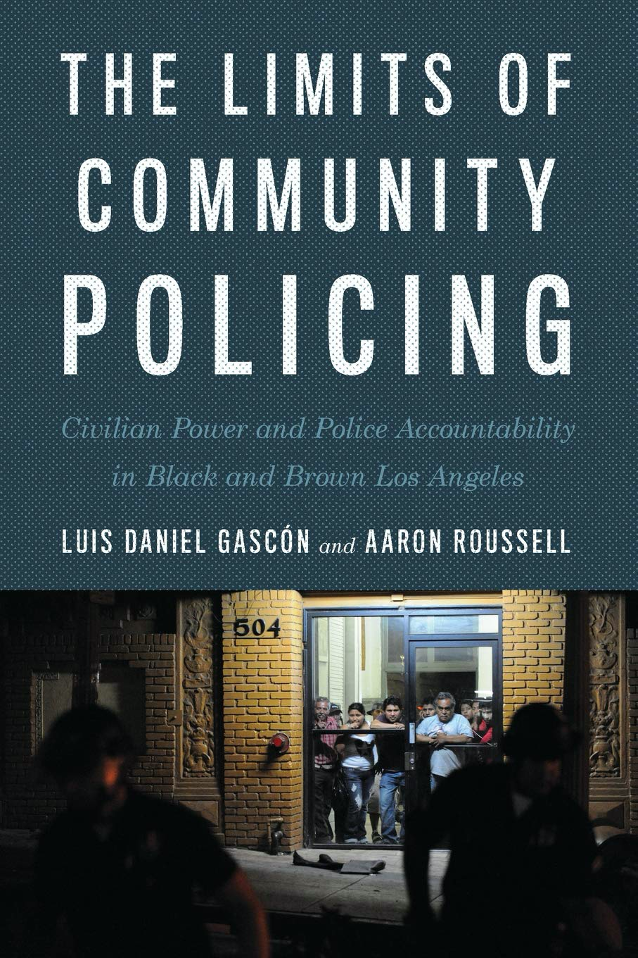
Daniel Gascón is an assistant professor of sociology at the University of Massachusetts Boston. For more on his latest work, follow him on Twitter.

